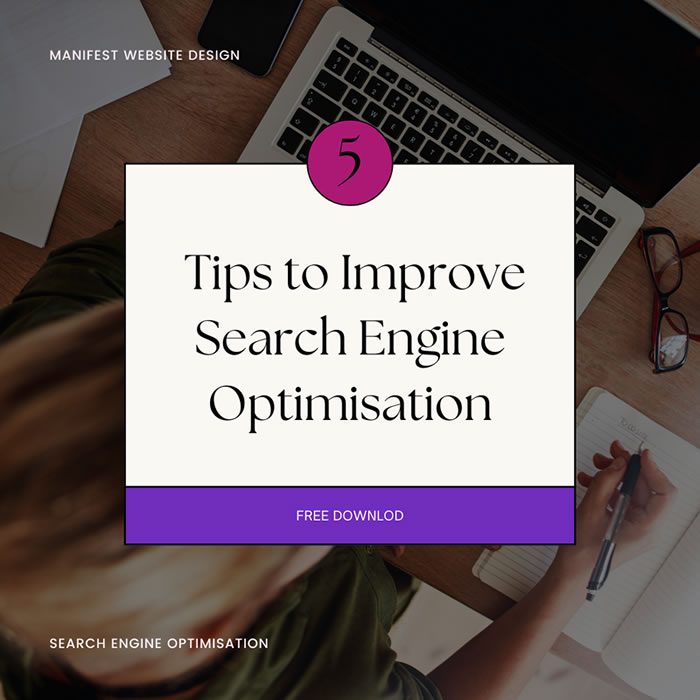The Ultimate Guide to Starting a Web Design Agency
Being the CEO of a website design agency is one of the best jobs in the world. You stand at the intersection of where creativity meets business. On paper, you couldn’t ask for a job description that’s any more fun – you get to flex your creative muscles, work with diverse clients, and have a say in every decision of your business.
But once you begin to dig deeper, it can feel like you’ve bitten off more than you can chew. You realise it’s not just about having a good eye for design or knowing your way around CSS. Suddenly, you’re in the deep end, navigating a sea of business planning, legal work, and the relentless effort to make your agency stand out without turning into an obnoxious salesperson.
It’s a lot to handle. The job itself can leave you questioning whether you’ve made the right decision. I hope this guide can be your compass that helps you navigate through these challenges with ease. Drawing from the firsthand experience of successfully managing a web design agency in Australia, I hope you could learn a thing or two from this guide.
How to Start Web Design Agency
1. Choose a Web Design Niche
In this industry, being a jack of all trades might just set you up as the master of none.
The need for specialised skill sets is more prevalent now than ever. For example, if you’re remarkably good at crafting e-commerce websites that drive massive online sales, that’s your niche. You could be the agency that creates educational platforms that make online learning a breeze or the agency that designs intuitive interfaces for healthcare providers.
To pick your niche, identify your strengths and passions, then match them with the needs of a specific industry. Ask yourself, “In what type of project do I excel?” “Which industry can benefit the most from my expertise?”
I understand that it’s tempting to try and cater to everyone. After all, a larger audience should translate into more clients, right? Well, not necessarily. In web design, a targeted approach often works best. If you hone your skills and understanding in a specific niche, you’ll be able to deliver superior service and results, attracting more clients.
2. Narrow Down Your Products and Services
More is not always better. Offering a wide range of services might seem like a surefire way to attract a broad client base, but in reality, it often leads to diluted quality and a lack of focus. Focus on web design products and services that you can deliver with exceptional quality and efficiency.
Web design encompasses various facets such as graphic design, UX/UI design, search engine optimisation (SEO), content management, and so on. Having a specialised service offering can differentiate your agency from the competition, giving you a competitive edge.
When I started Manifest Website Design, I initially offered everything from logo design to advanced SEO to website care plans. However, I quickly realised that we were struggling to maintain a high standard across all services. Once I narrowed down our offerings, the quality of our work improved significantly, and so did our client satisfaction.
3. Set Your Goals, Business Plan, and Rates
A successful web design agency is not built on talent and creativity alone. These are essential, of course, but without a solid business plan, SMART goals, and a sound pricing strategy, they will hardly translate into a profitable business.
What do you want to achieve with your agency? Maybe you aim to become a leading agency in your chosen niche, or perhaps you’re focused on working with a specific type of client. Defining your goals gives you a clear direction for your agency.
Your business plan is your roadmap to success. It outlines your business model, market analysis, marketing and sales strategies, financial projections, and more. It’s a comprehensive document that guides your business decisions and helps you stay focused and organised.
Next, we have the pricing strategy. It’s not uncommon for new agencies to struggle with this part. There’s a delicate balance to strike – price your services too low, and you’ll struggle to make a profit; price them too high, and you could lose potential clients. A retainer contract, where clients pay a recurring fee for ongoing services, can be an effective solution to this problem.
When I was just starting out in web development, I set my agency’s rates quite low, hoping to attract more clients. But I soon realised that this was neither sustainable nor profitable. So I reevaluated my pricing strategy and introduced a retainer contract model, which has been a game-changer for our financial stability.
4. Handle the Legal Work
A web design agency is, first and foremost, a business. As such, it requires you to take care of various legal requirements. Neglecting this part can lead to significant problems down the line, from penalties and lawsuits to damage to your reputation.
Back when I started my agency, the legal side of things seemed daunting. I was a web designer, not a lawyer. But I quickly realised how critical it was. So, I consulted with a lawyer and took the time to understand the legal implications of each decision. It was an investment that paid off, saving me from potential legal troubles later on.
First, you’ll have to decide on the legal structure of your business. This could be a sole proprietorship, a partnership, a limited liability company (LLC), or a corporation. Each structure has its own legal and tax implications, so choose the one that best suits your business goals and needs.
Afterwards, you’ll need to register your business name and figure out taxes. Depending on your location and the nature of your services, you might also need to obtain specific permits and licences.
Then comes the drafting of legal contracts for your clients. These contracts should clearly outline the scope of work, pricing, timelines, intellectual property rights, and other key terms and conditions. Just give me a call if you need any advice on this! I’d love to help out.
5. Create Your Own Website and Web Design Portfolio
Walk the talk.
Having a well-designed, user-friendly website is non-negotiable for a web design agency. It’s your chance to show off your skills and style, create a strong online presence, and attract prospects.
Apart from your portfolio, your website should include information about your services, your team, your process, client testimonials, and a blog where you share insights and tips about web design. All these elements will help establish your credibility and expertise in the field.
Related articles:
How to Build a Website in 8 Steps
How to Create a Business Website – No Coding Needed
Why All Businesses Should Have a Website
6. Network and Cold Outreach
Networking involves building relationships with other professionals in your field, potential clients, and anyone who might one day refer someone to your agency. This can be done online, via platforms like LinkedIn, or in person, at industry events and conferences. For starters, I highly recommend Agency Mavericks (not sponsored).
Cold outreach, on the other hand, involves reaching out to prospects who may not be aware of your agency. This can be done through email, social media, or even face-to-face meetings. The key to successful cold outreach is personalisation – do your research and tailor your approach to each brand.
7. Promote Relentlessly, But Don’t Be a Hard Sell
Promotion will always be part of running a business. But there’s a right way and a wrong way to go about it. Promote relentlessly, but remember, nobody likes a hard sell.
Using social media, SEO, content marketing, and other digital marketing strategies can help create awareness about your agency. However, the key to successful advertising lies in providing value. Share insights, tips, and resources related to web design. Show potential clients that you’re not just looking to sell your services, but also to help them improve their web presence.
Be patient. Building a reputation takes time. It’s better to grow slowly with a solid foundation of trust and credibility than to rush things and lose potential clients due to aggressive selling techniques.
When Managing a Business, Focus on Providing Value
Managing a business is a complex process. It involves making tough decisions, solving problems, and navigating uncertainty, all while keeping a close eye on the bottom line. But amidst all these complexities, don’t forget your North Star: Focus on providing value.
If you want your business to be successful, you must offer something of significant worth to your customers.
A value-driven approach to business management can mean many things. It could refer to offering high-quality products or services that meet or exceed customer expectations. It could mean providing exceptional customer service that makes clients feel valued and appreciated. Or it could mean operating your business in a way that contributes positively to the community and the environment.
If your customers don’t understand the value you’re providing, they’re less likely to choose your business over the competition. This is where marketing and communication strategies come into play.
Pro tip: Aside from managing a business, you’re also managing people. When it comes to managing my team, I also try to provide a positive work environment, opportunities for growth, and recognition for hard work, so that they feel valued. In turn, I feel lucky and grateful for their commitment and productivity.
Learn From Those Who Came Before You
You’ve reached the end of this guide, but this is not the end of your journey, far from it. Now it’s time to put these strategies into action. As you build your website design agency from the ground up, remind yourself that you’re not alone. Many have walked this path before you. Don’t shy away from seeking advice, learn from others’ mistakes, and see what you can do better.
Feel free to schedule a chat with me if you want a more in-depth discussion on how to start a web design agency. I’ve been in your shoes. It’s a journey filled with challenges and curveballs, but with the right resources and guidance, you’re more than capable of writing your own success story. Let’s have a call when you’re free!
JILLIAN BRANDON
About the Author
Jillian has over 30 years of experience in technology, programming, and digital marketing. Her work with the stock exchange in Australia, as well as other large corporations, has given her invaluable business expertise.
At Manifest Website Design, she helps goal-driven entrepreneurs build their business, regardless of size and industry, using the power of the internet. She’ll walk alongside you every step of the way, making sure that your website is running smoothly, and most importantly, generating leads. Connect with her on LinkedIn.




